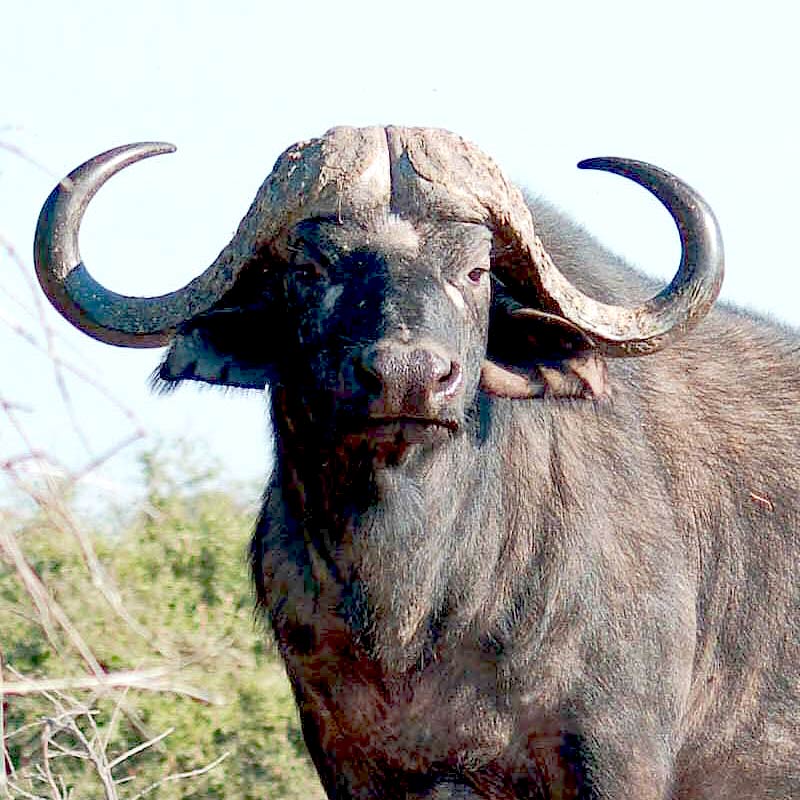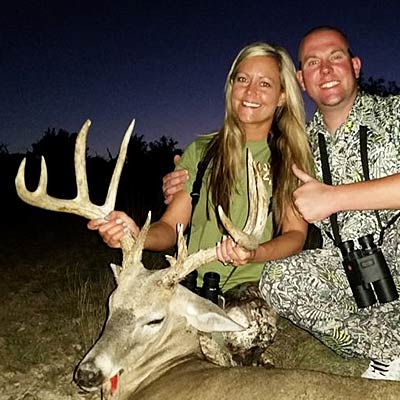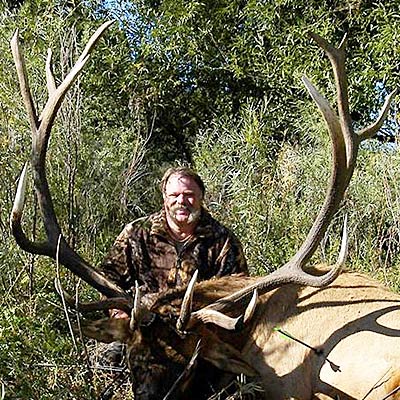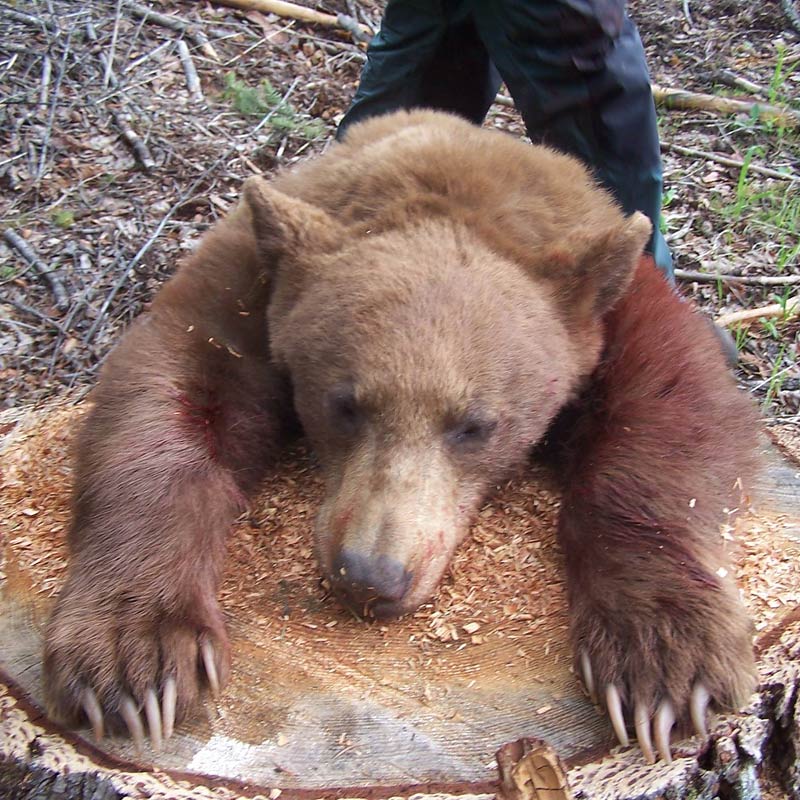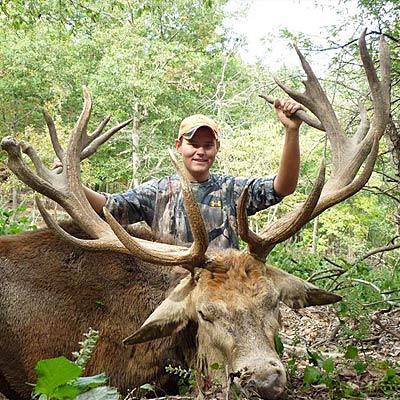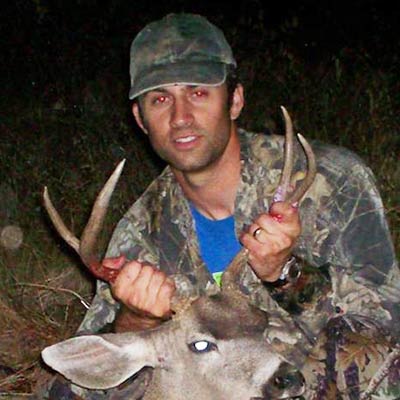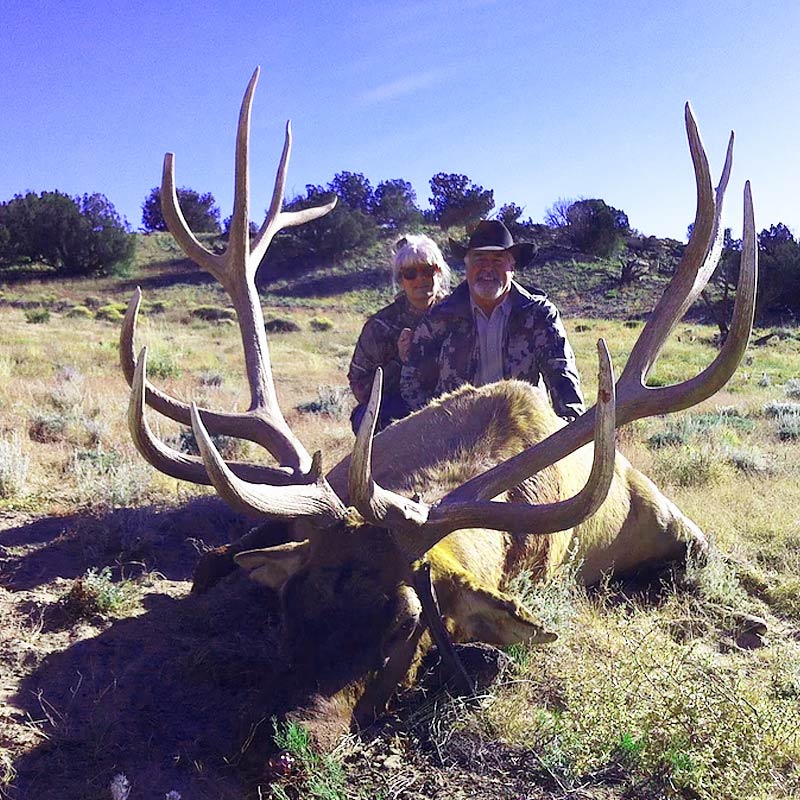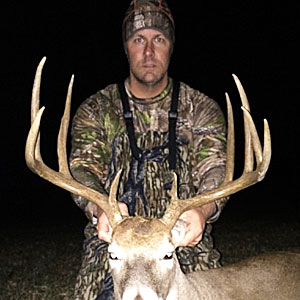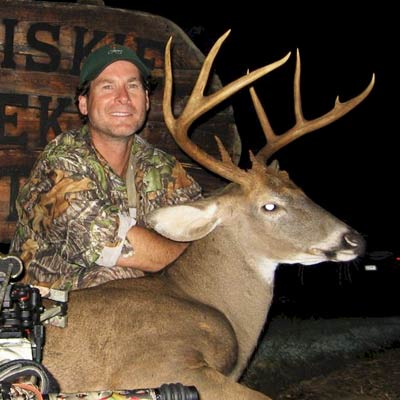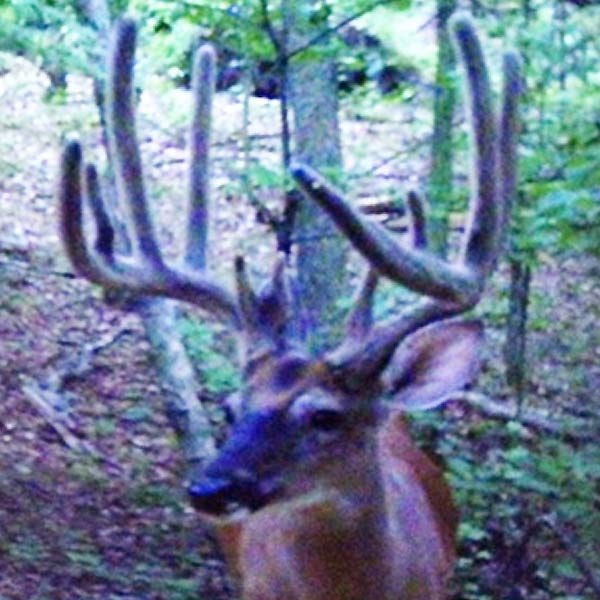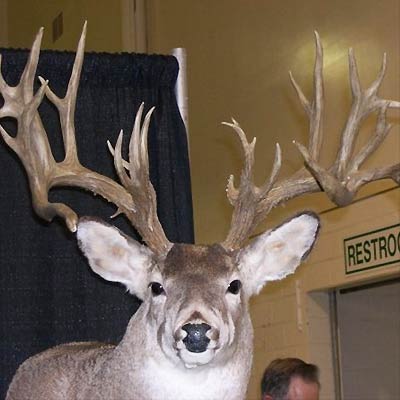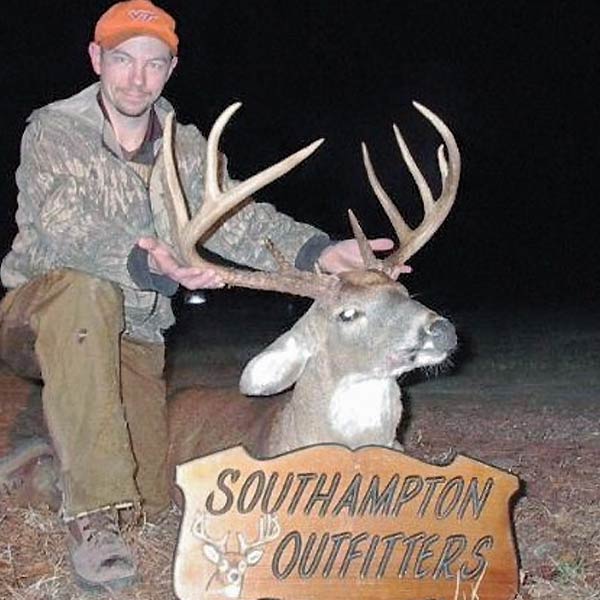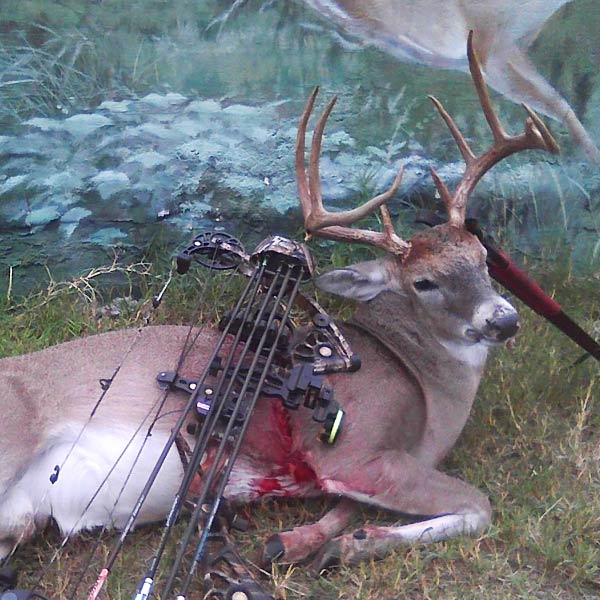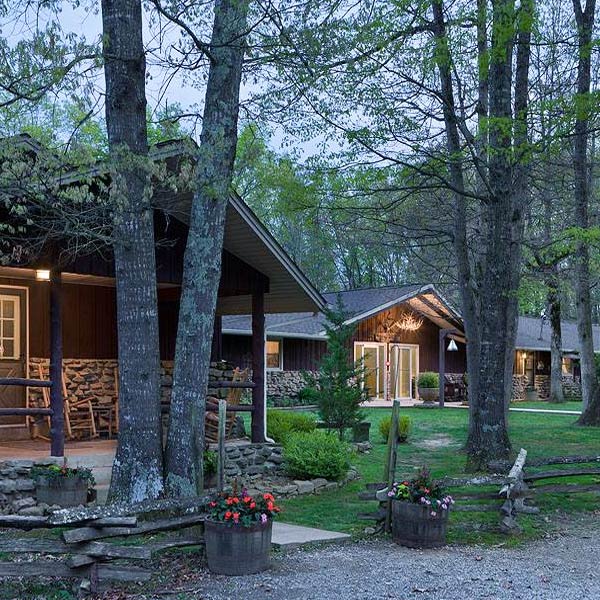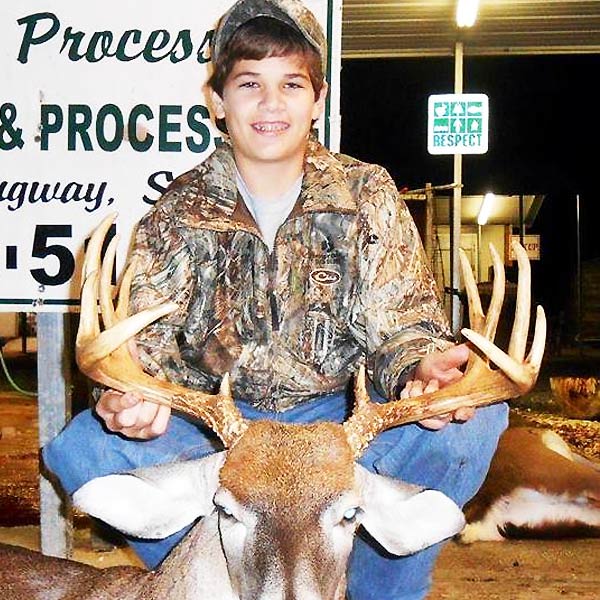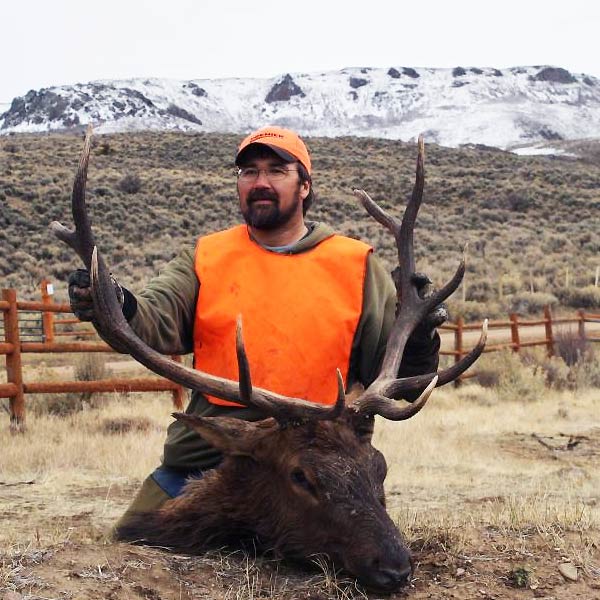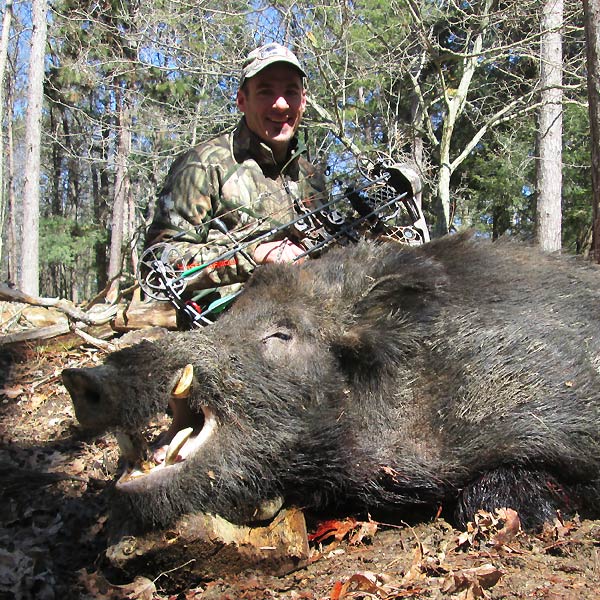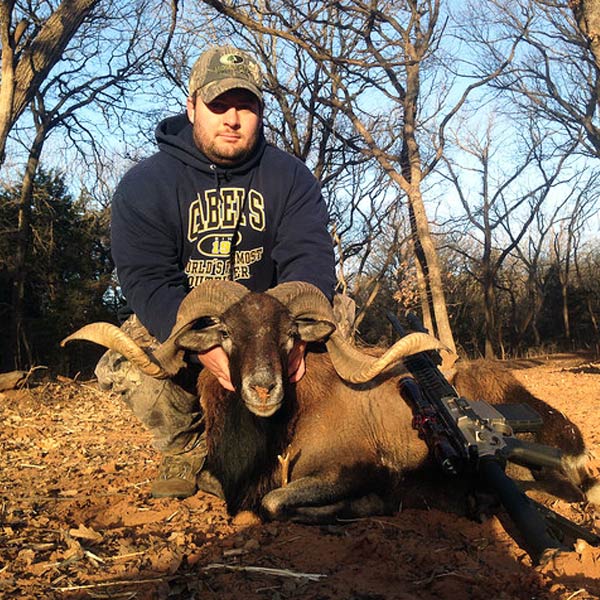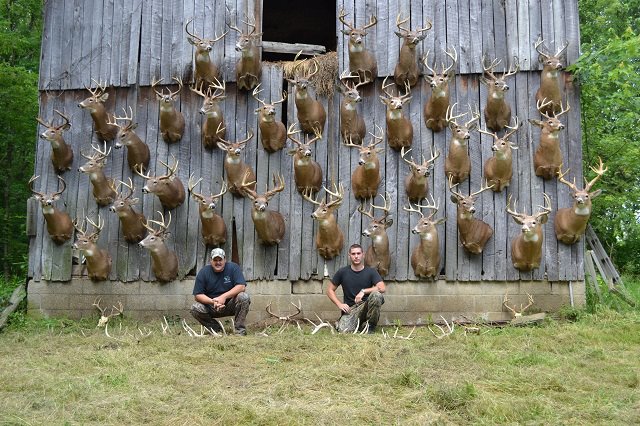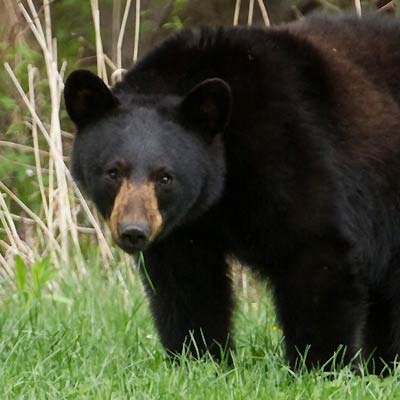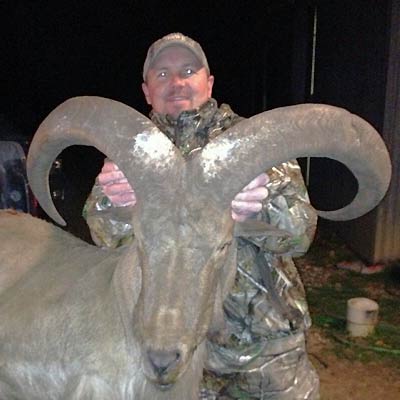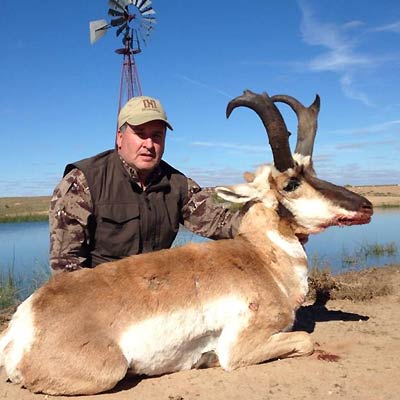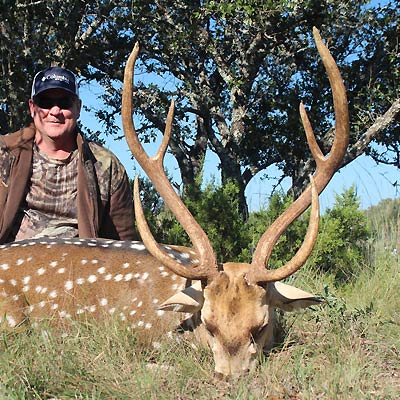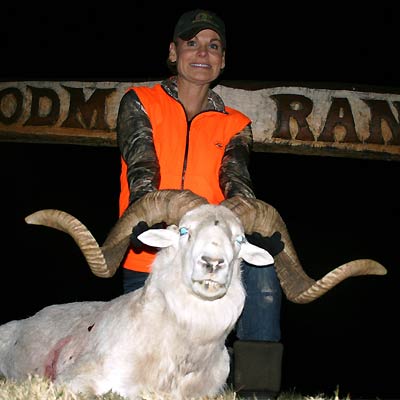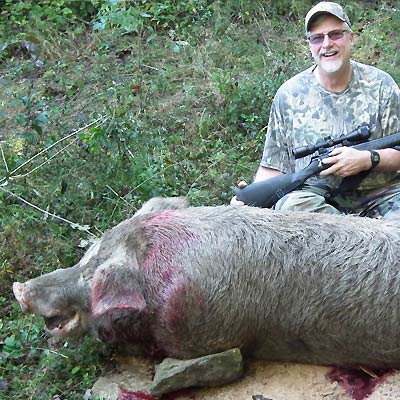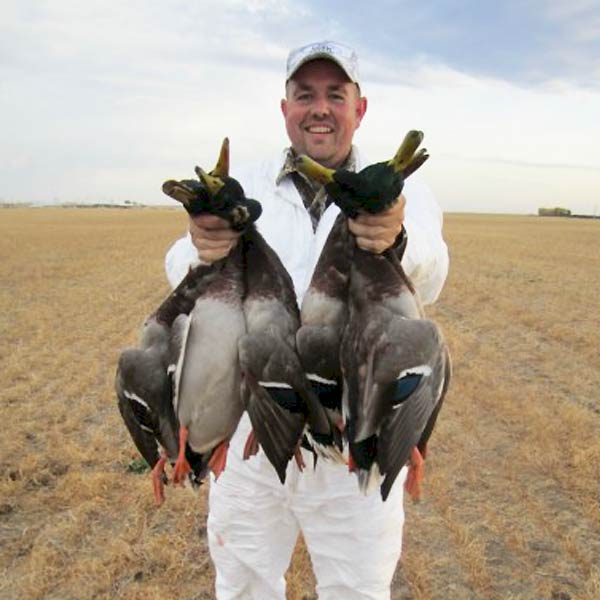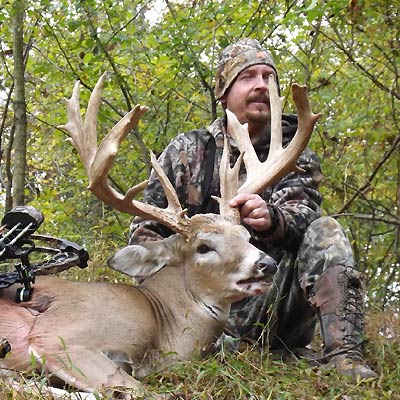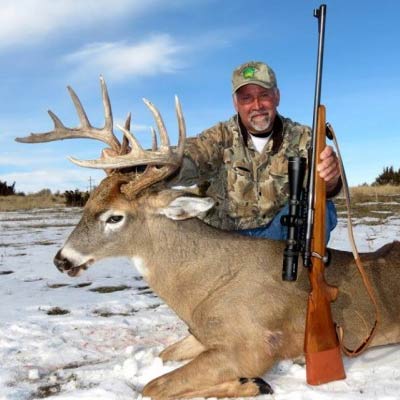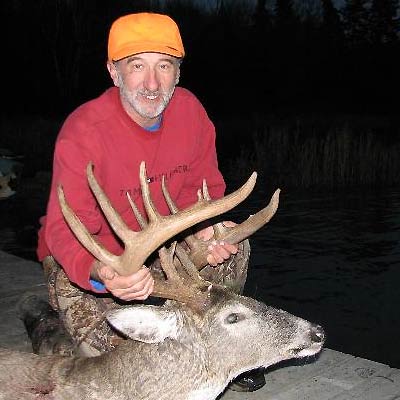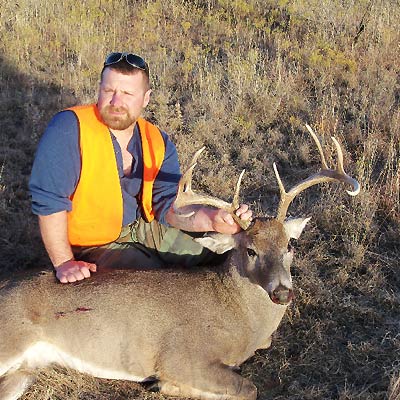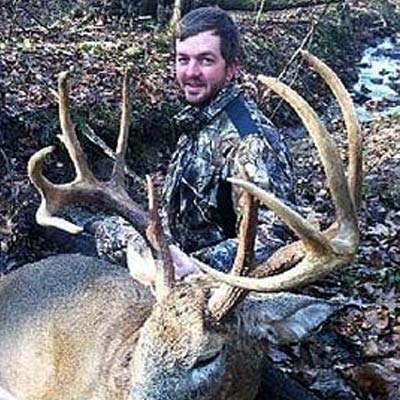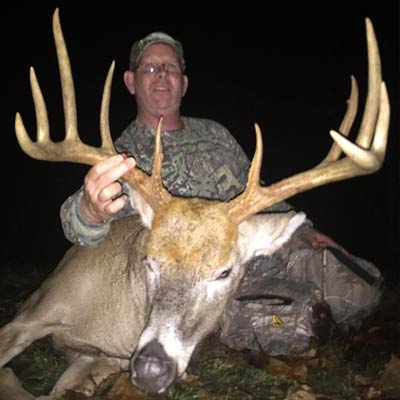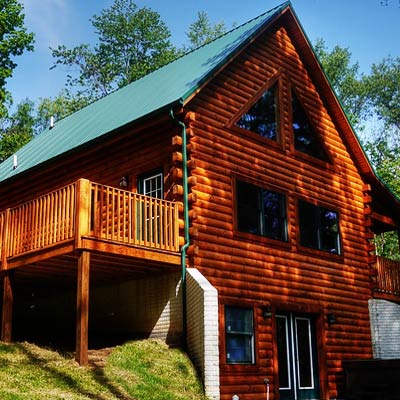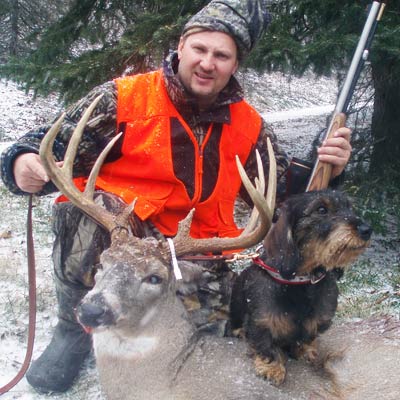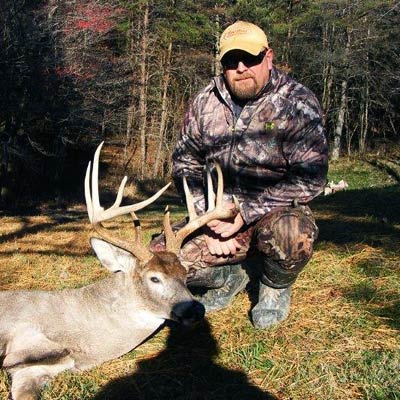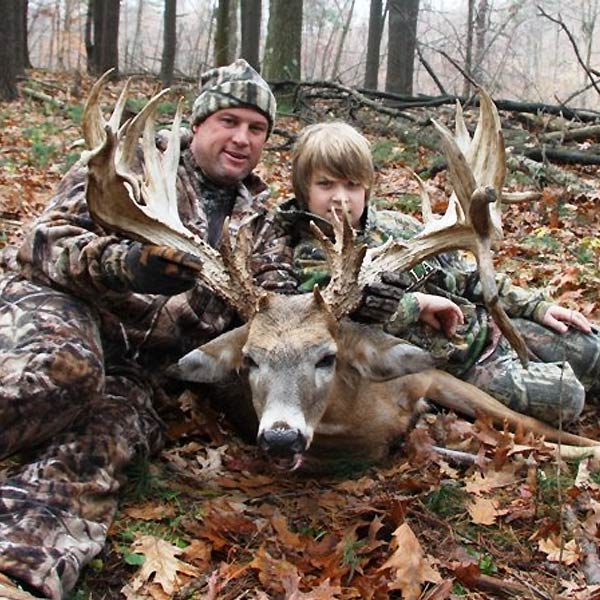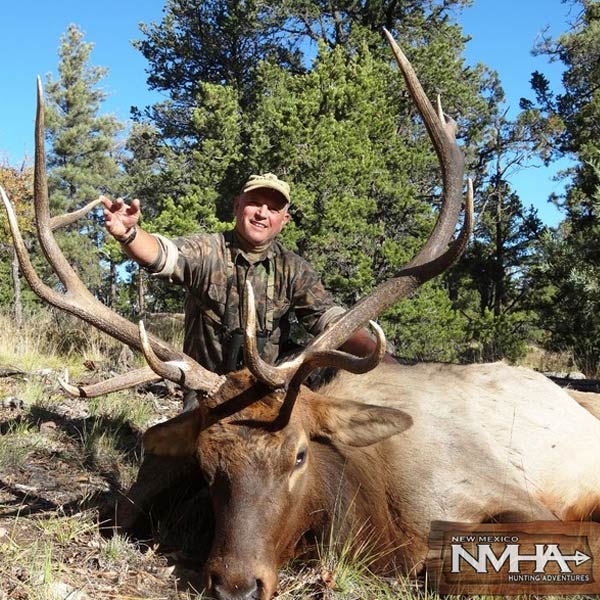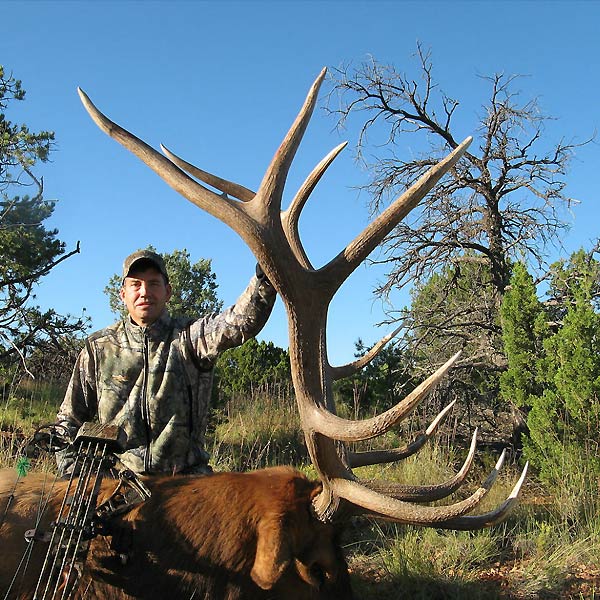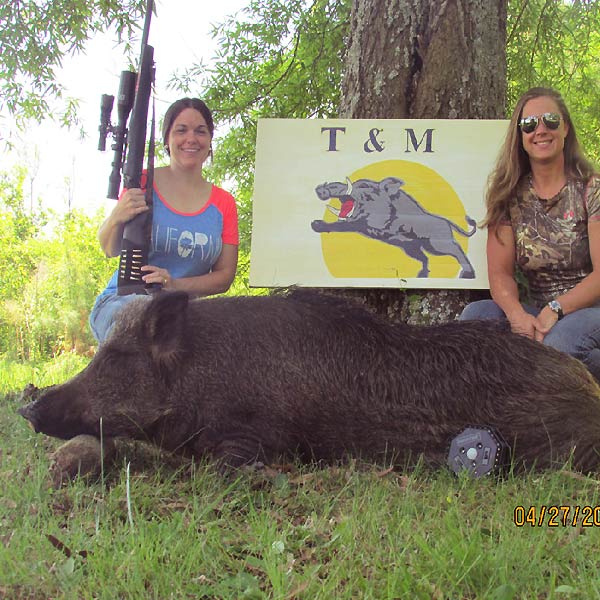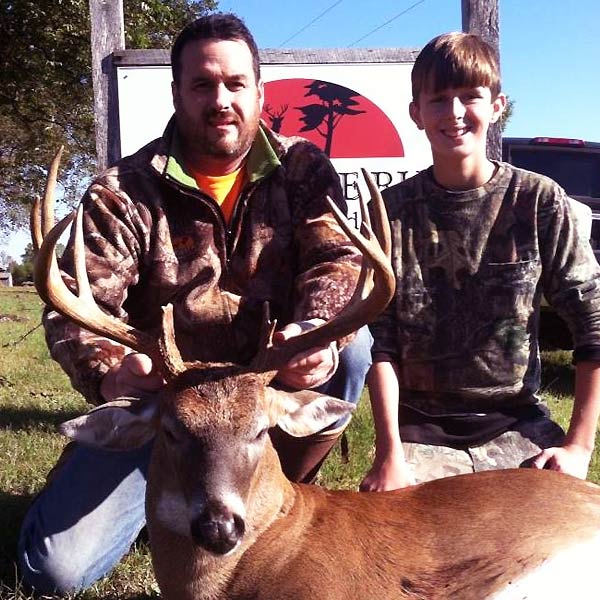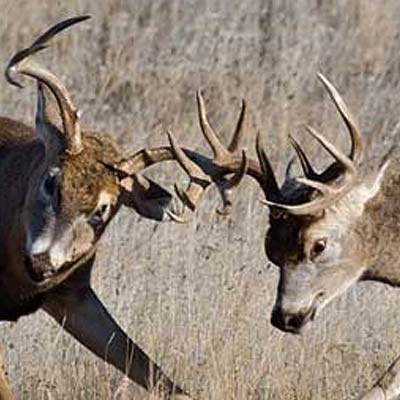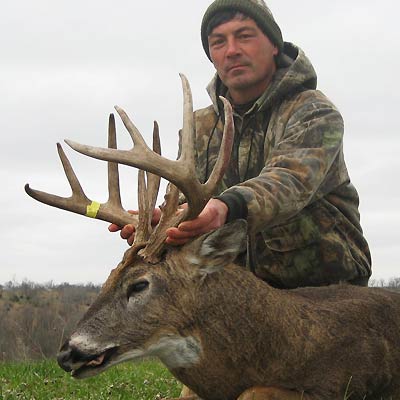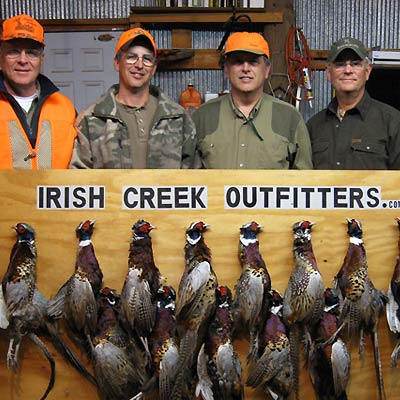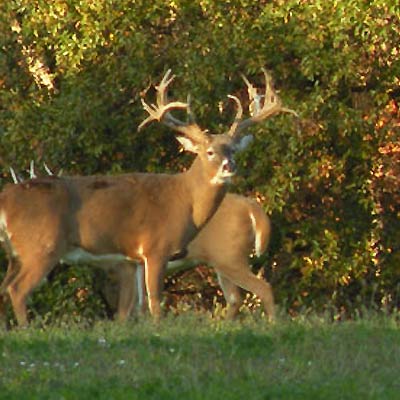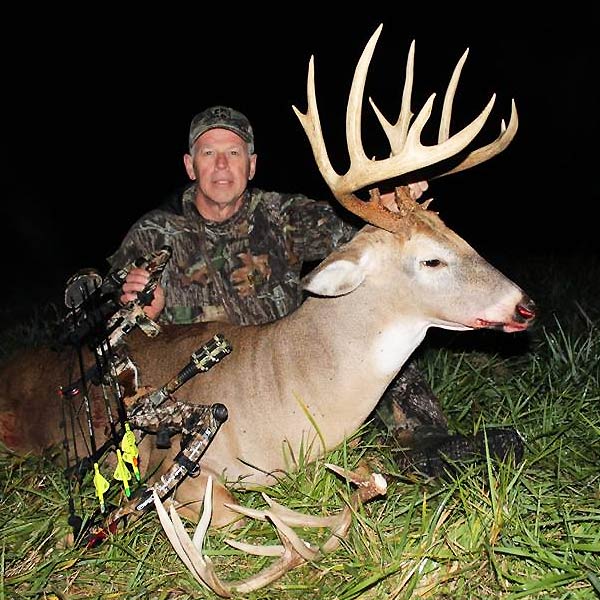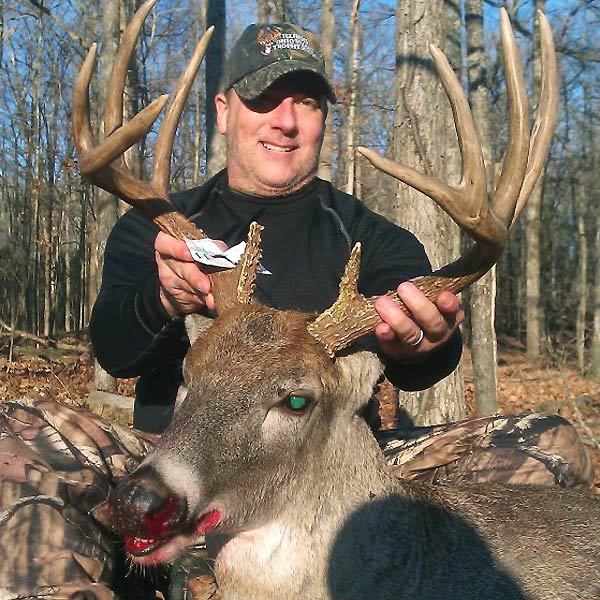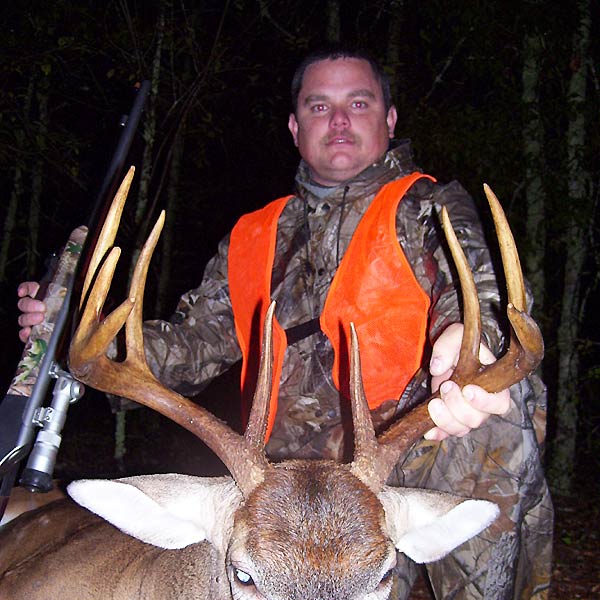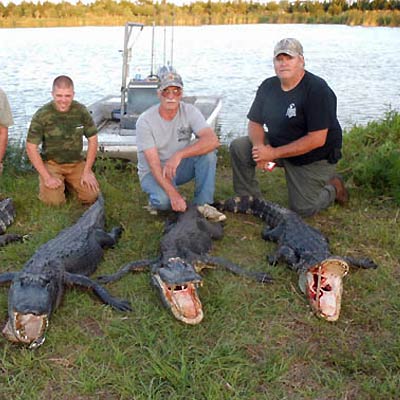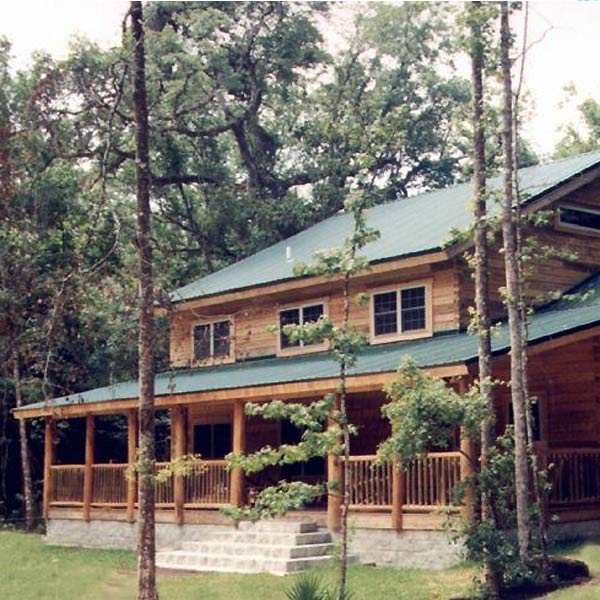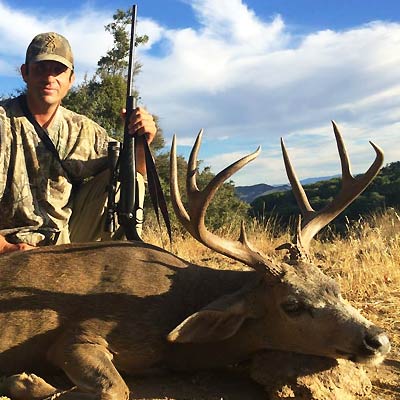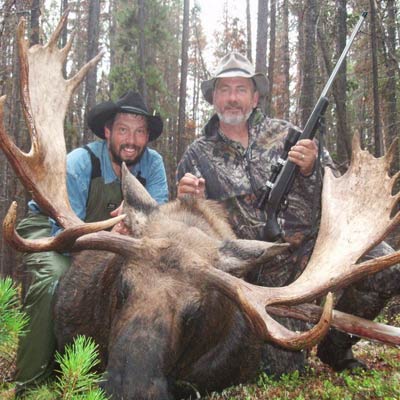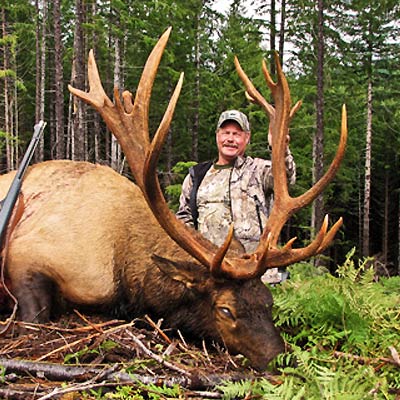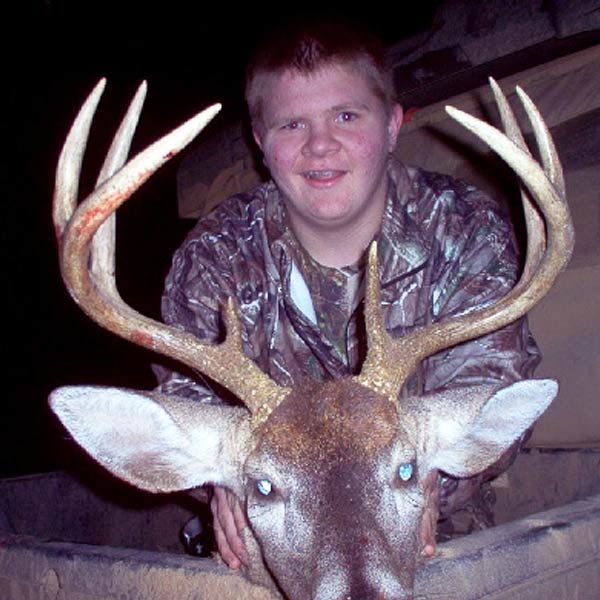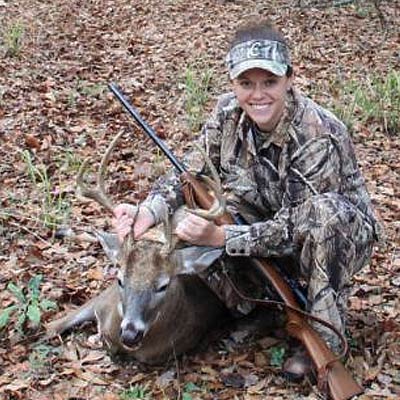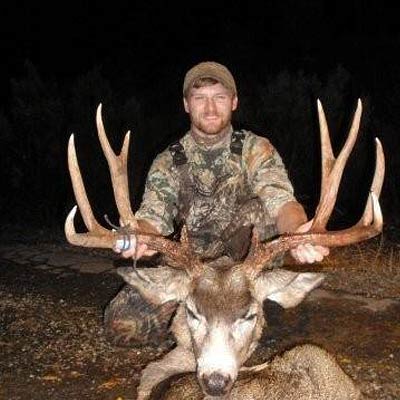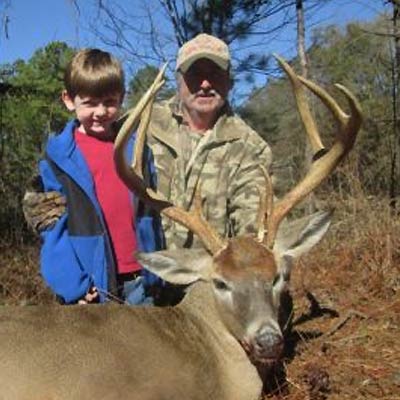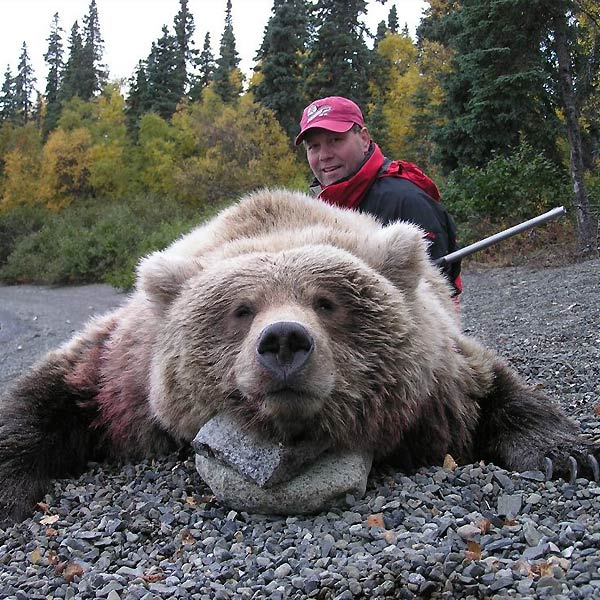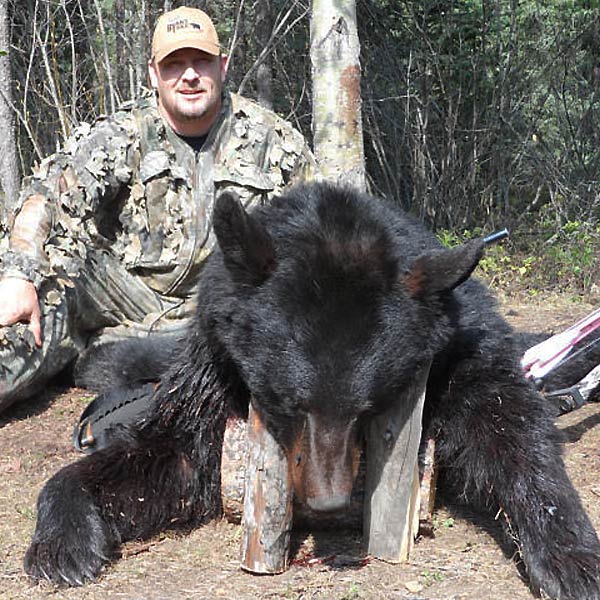Find A Bow Hunting Guide
Premier Bow Hunting Outfitters
Featured Bow Hunting Guides
Planing for Successful Bow Hunts
Bow Hunting – Just like a Boy Scout, you’ve got to be prepared to enjoy success! Because a bowhunter must be able to get within range of the deer, turkey, hog or whatever is being hunted, the hunter must take very special care when planning a trophy bow hunt.
The illusive Whitetail Deer has amazing senses of smell, hearing and sight and will know you are there unless you have made special precautions to cover your scent, become invisible, and be VERY QUIET. If you get good enough to be in range of a whitetail deer, then other game should not be quite so challenging. So prepare for whitetail and other bow hunts should be within those guidelines.
Success Starts from Good Habits
Successful bow hunts or archery hunts start with daily habits you may not have thought about. First, address the phenomenal ability of a whitetail deer to ‘wind’ a human. NO SMOKING, and some people even avoid coffee prior to the hunt. What are you washing your hunting clothes in? Is your deodorant scented? Do your hunting boots, well, smell like hunting boots? What did you eat for breakfast at camp (Hopefully nobody decided to cook bacon for breakfast if you are bow hunting!) Perfumed washing powder, scented shampoos and soaps can be a killer (for your hunt, not the deer). In addition to covering your scent, there are hundreds of products designed to attract the trophy to your area. Find out what works best for the time of year you are planning to go bow hunting. Doe pee might not be so effective if you are not hunting during the rut.
Next, because you have to get within range, think about becoming invisible. The camo clothes manufactures have made this much easier than it used to be. Primarily consider what your hunting environment and habitat are, and then plan accordingly. Rid yourself of shiny or reflective areas on your equipment. Wear camo hats and face masks. The more you blend with the habitat around you, the better your chances of successful bow hunts. If you are using a tree stand, make sure the placement is well-planned to be out of sight, yet in a game traffic area. Be sure to remove any limbs and branches that might deflect your arrow.
Sshhhh… Can’t you see I’m Bow Hunting?
Lastly, practice being very quiet not only getting to your stand, but also during your bow hunt. Use quiet equipment, soft, quiet clothing, walk quietly, wear quiet foot-gear, and get good at moving to your hunting area very early and very quietly. If you suffer with allergies, make sure you take an antihistamine before you go. It’d be a shame to spot a nice trophy deer just in time to start a sneezing attack!
In addition to being quiet during bow hunts, also learn the techniques of calling deer with calls or horn rattling. Your pro bow hunting guide knows what techniques work best for the deer in their area. The most effective techniques will change with the season and the wind.
Even taking these kinds of hunting precautions won’t promise successful hunt or a trophy buck, but your chances increase as your skills improve! Bow hunting can be very rewarding, precisely because of the skill, hard work and planning that go into a successful and rewarding bow hunt.
Types of Equipment Used for Bow Hunts; Common Types of Bows Used for Hunting
Longbow: This traditional bow has long, nearly straight limbs that form an arc when strung. It is the most traditional type of bow used for bow hunts and uses minimal additional equipment.
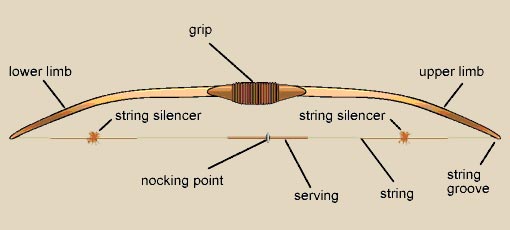
Recurve Bow: This bow is also considered to be a ‘traditional bow’ and used for primitive bow hunts. The limbs are a bit shorter than the longbow and curve back away from the mid line of the bow. It has more power in the shorter bow than the longer longbow. It is a smooth, quiet and fast-shooting bow. The recurve bow also has a ‘pistol-style’ grip that adapts well if you should choose to use a bowsight or other hunting accessory. There are an amazing array of accessories that can be used for bow hunts – and recureve bows.
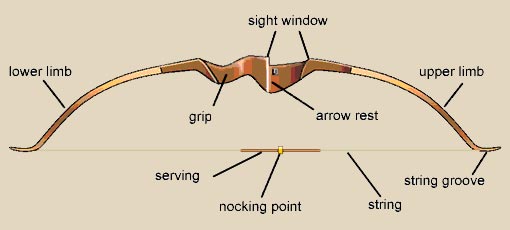
Compound Bow: This is the most popular type of bow for both bow hunts and target shooting. There are literally hundreds of styles available, but they all work in basically the same way: There are wheels and cams attached to the limbs and bowstring that cause the bow to be very powerful and also easier to hold and draw to the full extension. The bow’s design allows it to reduce draw weight by as much as 50% and sometimes more. They are also adjustable so as a hunter grows in strength, the draw can be tightened to increase the accurate distance of the bow. It also accepts all the bowhunting accessories such as sites, guards, and much more.
Each year, there are dramatic advances made for bow hunts and bowhunting equipment. Don’t get too attached to your bow, because a better model will soon be available!
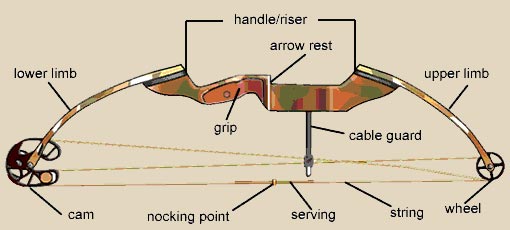
About the Arrow: Arrows have four parts; the shaft, fletching, the nock and the point assembly. Arrow technology is constantly being improved making the arrows stronger, faster and more durable. Your local bow store can help you decide what types of arrows, fletching, broadheads you will need for your chosen hunting style.
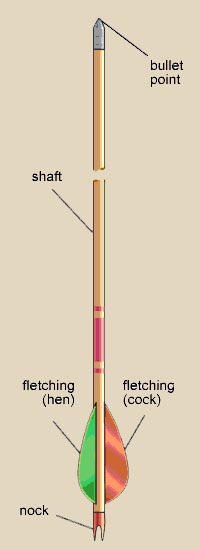
The Shaft: Arrows are made from wood, aluminum, carbon, fiberglass or a combination of these materials. As suspected, the wood arrows are usually preferred for use with traditional longbows or recurve bow hunters. The tubular aluminum are most popular for Bowhunters because of their light weight and strength. They can accept either plastic vanes or feather fletching. The tubular carbon arrow is also know for its speed, light weight, and accuracy. It is smaller in diameter than other arrow shafts.
The Fletching: Serves to guide the arrow on a straight course.
The Nock: Placed in the bowstring to allow the arrow to be drawn back as the hunter draws the bow string.
The Point: Depending on if you are target practicing or hunting, you will use either a bullet point or a razor-sharp broad head.

